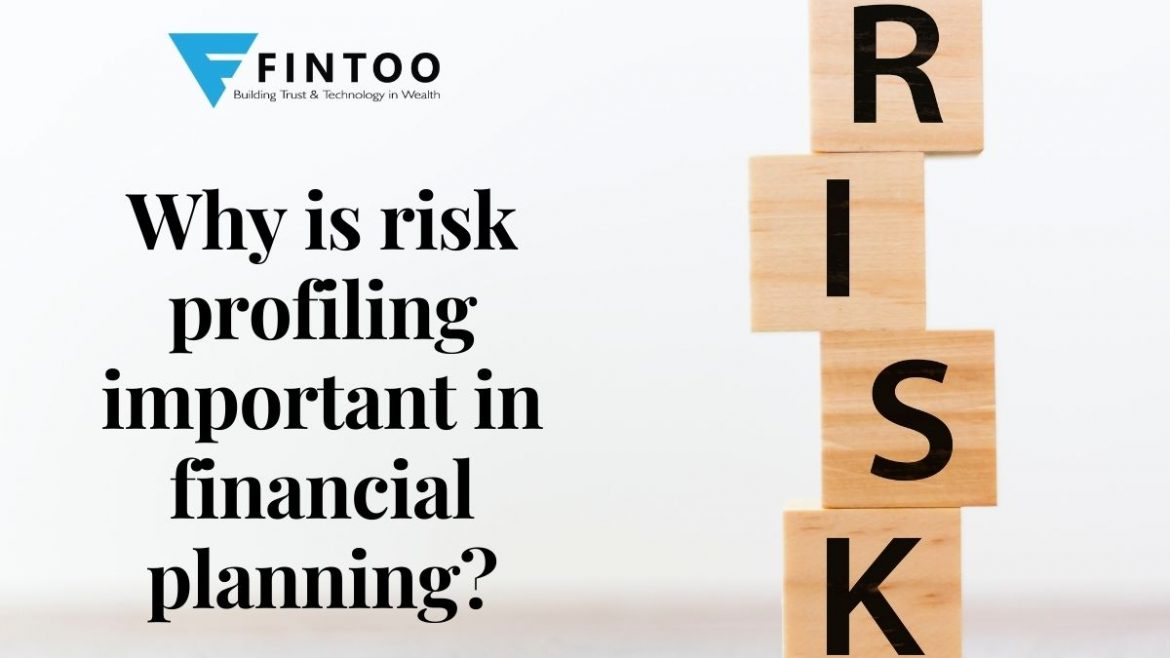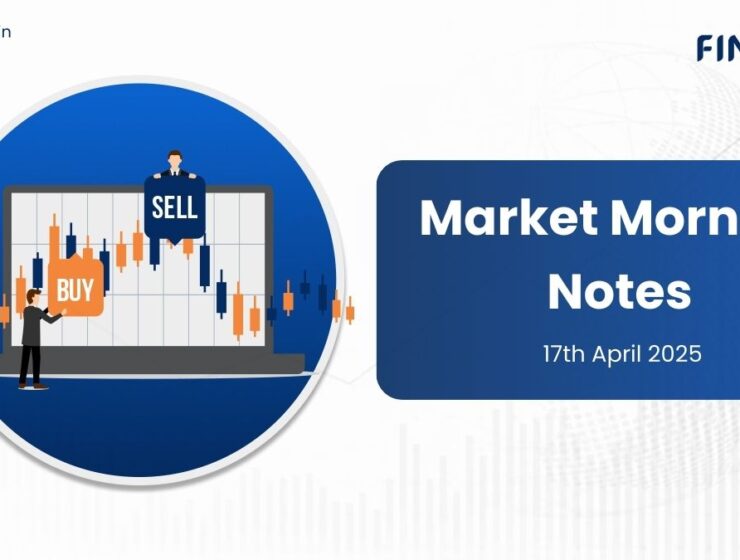

In the recent market situation when the Sensex was down by approximately 30-35% in a month’s time during the Feb –March 2020, many of us felt uncomfortable looking at the negative returns. The Sensex fell from around 40,000 marks to a steep low level of around 26000. Now the market has already recovered partially and is at a level of 33,000. But this entire situation of volatility in the equity markets has given you an opportunity to think about your own risk profiling. Are you behaving in the same manner as you must have conveyed to your financial planner when he/she may have discussed your risk profile?
Try to recollect and think about it for a while.
Before digging in deep into this, let’s start from the basics.
What is risk?
When we invest in the market, there is a possibility to get returns as per our expectation or below our expectation. This means we can either gain from this investment or lose some or all of the original investment. This outcome is not guaranteed beforehand and depends on various fundamental and technical aspects. This uncertainty of not knowing the result beforehand is called Risk.
However, risk is not always bad and there is no need to avoid it completely. A basic idea in personal finance is the relationship between risk and return. The greater the amount of risk an investor is willing to take, the greater the potential return. So in order to grow your wealth, some risk needs to be taken.
For e.g. The safest investment considered is government bonds when compared to riskier assets such as equity. Simple Funda – Low risk – Low return, High Risk – High return
Now let us discuss it in more detail:-
There are typically three types of risk profile on a broader level. These are:
- Aggressive
- Moderate
- Conservative
Before advising anything to you on your financial investment decisions, an informed financial planner will always first try to understand your risk profile. The planner would want to know what is your risk profile out of the above three to provide you with suitable recommendations.
Read more: Are You Getting Good Investment Advice? Here’s How to Find Out! – Fintoo Blog
How is your risk profile ascertained?
Like I mentioned before, your financial planner must have discussed your risk profile before making any recommendations. This is usually done based on the following parameters: –
1. Age Factor – If a person is very young, he can take more risk compared to a person near his retirement. Therefore, we can say that your risk-taking capacity reduces as you age.
2. Income Level – People with high incomes can afford to take more risk compared to low-income groups.
3. No. of dependants – If you have more number of dependents, then you should ideally be not making riskier investments.
4. Nature of Past investments – This helps to understand the mentality of a person in dealing with risk. If a person has invested a major part of his portfolio in equities, it gives an idea that this person is aggressive. On the other hand, if a person has only invested into fixed deposits and traditional life insurance policies, then we can clearly say that the person is conservative.
5. Some behavioural questions – Most of the financial advisors provide you with a well-thought questionnaire to check how you will react in some of the different market situations. This gives your financial advisor an idea about your relationship with risk.
Based on the above your risk profile is ascertained. If in 5th point you would have mentioned that you will not sell your investments even if you see a loss or negative returns but you have done it now in the current market situation. It means you need to redo this activity of finding out your true risk profile.
Risk profiling is a process that professional financial planners use to determine the optimum level of investment risk for investors. Risk profiling helps to identify a client’s level of required risk; their risk capacity and; their tolerance towards risk.
All these 3 concepts might look the same but they are not. Let’s see how –
Risk Required
This means the level of risk required to be taken on investments to achieve the desired level of investment return. So if you are not ready to take that much risk in that case it will be difficult to achieve your goals. This is because by taking additional risk, you open the chances of getting higher returns in the long run.
Risk Capacity
This refers to the level of investment risk or losses that a client could afford to take to achieve their goals. This is usually ascertained by their age, income or tenure of the goal.
Risk Tolerance
This is the level of risk a client is comfortable taking to achieve their goals. . It is a psychological measure. It refers to how emotionally comfortable a person is with taking risks.
There is often a mismatch between risk required, capacity and tolerance. It is therefore important to understand the thin line between all three.
Conclusion
An individual’s risk profile will affect the overall decision-making strategy and process. A risk profile is important for determining proper asset allocation in regards to an investment portfolio. By assessing how comfortable you are with investment ups and downs, you can make sure you don’t panic later when a risk is realised. It is therefore very crucial to invest as per your risk profile.
To Invest and keep regular track of your portfolio download: Fintoo App Android http://bit.ly/2TPeIgX / Fintoo App iOS http://apple.co/2Nt75LP
Related Posts
Stay up-to-date with the latest information.


